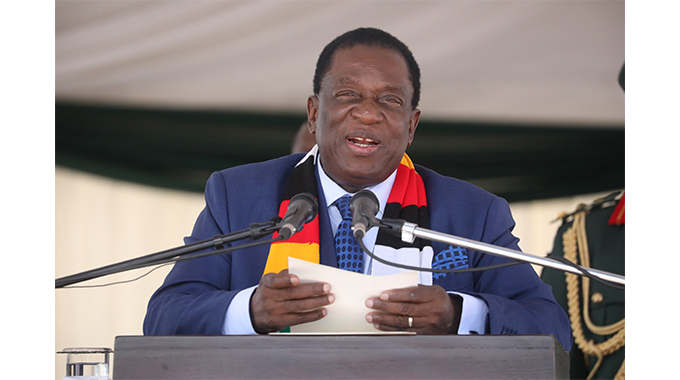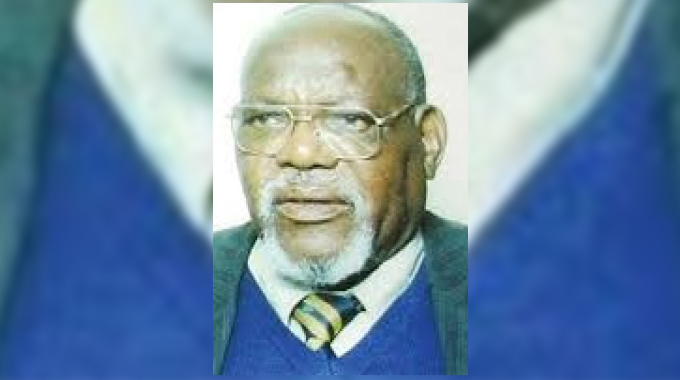COMMENT: Wake-up call for everyone to fight crime

Recent revelations that Bulawayo residents are at high risk of being exposed to crime than citizens in the country’s nine other provinces, should act as a wake-up call for everyone to work together in fighting crime.
The stats are found in the Zimbabwe National Statistics Agency (ZimStat) 2022 Fourth Quarter Crime Statistics Report released on Monday, and the crimes are classified according to the United Nations International Classification of Crime for Statistical Purposes (ICCS) adopted in 2016.

ZimStats
While ZimStat director-general Mr Taguma Mahonde revealed that the country recorded a gradual spike in criminal cases in 2022, Bulawayo has been hard hit by the scourge of theft of electricity copper cables.

ZimStat, director general, Mr Taguma Mahonde
In a number of eastern suburbs, vandalism of this critical national infrastructure is now a daily occurrence. As a result, residents are left in the dark, with no choice but to pool resources in order to help the Zimbabwe Electricity Transmission and Distribution Company (ZETDC) in replacing the copper cables with aluminium ones.

Zimbabwe Electricity Transmission and Distribution Company (ZETDC)
Suburbs such as Hillside, Burnside, Mpopoma and Waterford are the worst affected, with residents resorting to night patrols.
Data on crime rates obtained from the Zimbabwe Republic Police (ZRP) Criminal Report and Disposal System by ZimStat shows that Bulawayo’s crime rate stood at 3 135,5 per 100 000 cases which is the highest in the country followed by Harare whose crime rate stands at 2 116,9.
Matabeleland South was at 1 687,5 with the third highest crime rate followed by Masvingo with 1 359,2 and Mashonaland West following with 1 303,9.
Matabeleland North came sixth with a crime rate of 1 214, 1, while Manicaland had the lowest crime rate at 564,3.
ZimStat said some of the crimes that were recorded are acts against public safety and State security, acts intending to harm or intending to cause harm to persons, sexual offences, fraud and corruption among others.
A total of 319 people were intentionally killed last year countrywide, while 398 deaths were classified as non-intentional.
No doubt, 3 135,5 per 100 000 cases for Bulawayo compared to 564,3 for Manicaland is too much. This calls for action!
The police, council, business and residents must come together to get rid of criminals. Critical infrastructure must be protected, while loss of life must be avoided at all costs.
Lawlessness of any kind must never be tolerated if stakeholders in Bulawayo love their city. For example, why are buses being allowed to pick up and drop off passengers wherever they want?
Public transporters who used to operate from an illegal bus rank along Leopold Takawira Avenue near Centenary Park have moved to another illegal rank along 4th Avenue behind Eveline High School.
This is where we lose the war against crime. We actually encourage lawlessness or total disregard for the law. Criminals thrive in such environs.
Stakeholders must prove that they do not tolerate any lawlessness and that those who break the law are punished, always.
Once again, we call upon the police, council, business and residents to work together in bringing an end to the culture of crime in Bulawayo.











Comments